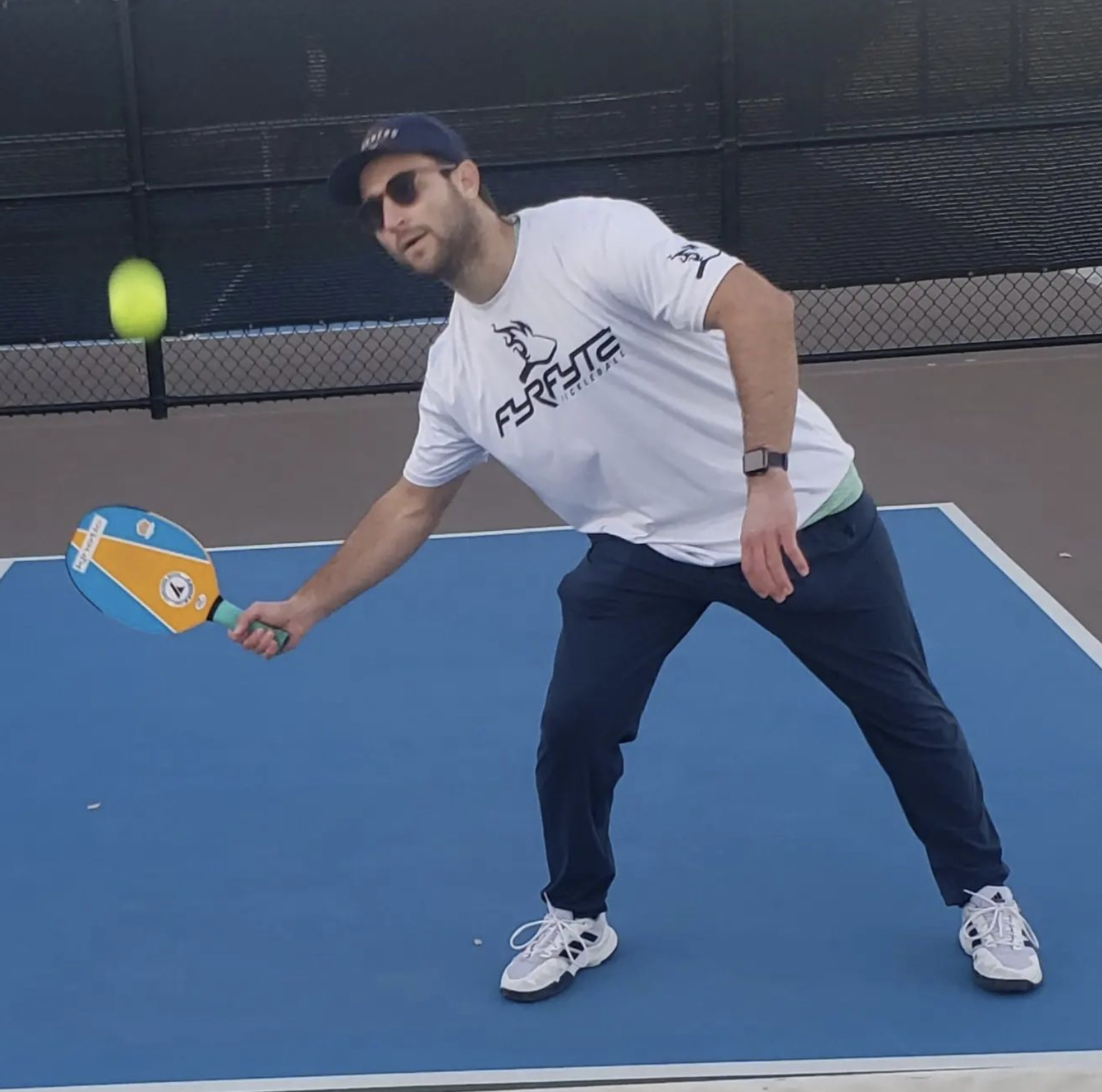
In recent years, the sport of pickleball has experienced a meteoric rise in popularity, captivating players of all ages and establishing itself as a mainstream activity in the sporting world. From local recreational centers to international tournaments, pickleball has become a favorite pastime for many, and its growing popularity shows no signs of slowing down. In this blog, we will delve into the reasons behind pickleball’s increasing appeal, its impact on different age groups, and how it has evolved from a niche game to a worldwide sensation.
- A Fusion of Familiar Sports
Pickleball’s origins can be traced back to the mid-1960s when three friends created the game as a way to keep their children entertained during the summer. By combining elements from tennis, badminton, and table tennis, they developed a game that was both accessible and enjoyable for players of all skill levels. This fusion of familiar sports not only made pickleball easy to pick up but also sparked interest from a diverse audience.
- Accessibility and Low Barrier to Entry
One of the primary reasons for pickleball’s widespread popularity is its accessibility. The game can be played on various surfaces, such as tennis courts, gymnasiums, and even driveways, making it easy for people to find a place to play. Additionally, pickleball equipment, including paddles and balls, is relatively inexpensive compared to other racquet sports, which lowers the barrier to entry for newcomers.
- Appeal to Different Age Groups
Pickleball’s universal appeal across different age groups has been instrumental in its explosive growth. The game’s slower pace compared to tennis and its smaller court size make it less physically demanding, attracting older players who may find traditional racquet sports more challenging. Seniors have embraced pickleball as a way to stay active, socialize, and enjoy a low-impact, yet engaging, form of exercise.
At the same time, younger players have been drawn to pickleball due to its fast-paced rallies, competitive nature, and the opportunity to challenge their friends and family. The sport bridges generational gaps, encouraging parents and grandparents to play alongside their children and grandchildren, fostering a sense of community and shared experience.
- Social Aspects and Community Building
Pickleball’s friendly and social atmosphere is another factor contributing to its popularity. The game is often played in doubles, encouraging teamwork and camaraderie among players. The community aspect of pickleball has led to the formation of clubs, leagues, and meet-up groups, where players can connect, compete, and forge lasting friendships both on and off the court.
- Inclusivity and Adaptability
Pickleball’s rules and court dimensions can be easily adapted to accommodate players with physical limitations, making it an inclusive sport for individuals with diverse abilities. This adaptability has also contributed to its integration in schools, community centers, and rehabilitation facilities, further broadening its reach and appeal.
- Media Exposure and Celebrities
In recent years, pickleball has gained significant media exposure through coverage of major tournaments and exhibitions. Notable figures, including celebrities and professional athletes, have also taken an interest in the sport, further raising its profile and attracting new enthusiasts. This exposure has played a crucial role in bringing pickleball into the mainstream sporting world.
- Competitive Opportunities
Pickleball’s competitive scene has grown substantially, with numerous tournaments and leagues being organized worldwide. The United States Pickleball Association (USAPA) has played a pivotal role in formalizing the sport’s rules and structure, providing a foundation for its competitive growth. The opportunity for players of all skill levels to participate in organized competitions has fueled the sport’s expansion.
Conclusion
Pickleball’s explosive growth can be attributed to a combination of factors, including its fusion of familiar sports, accessibility, broad appeal across age groups, social aspects, adaptability, media exposure, and competitive opportunities. As more people discover the joy of playing pickleball, the sport continues to flourish, fostering a vibrant and passionate community of players around the globe. Whether you’re a seasoned athlete or new to the game, pickleball offers a welcoming and exciting experience that keeps players coming back for more, ensuring its place as a mainstream sport for years to come.



